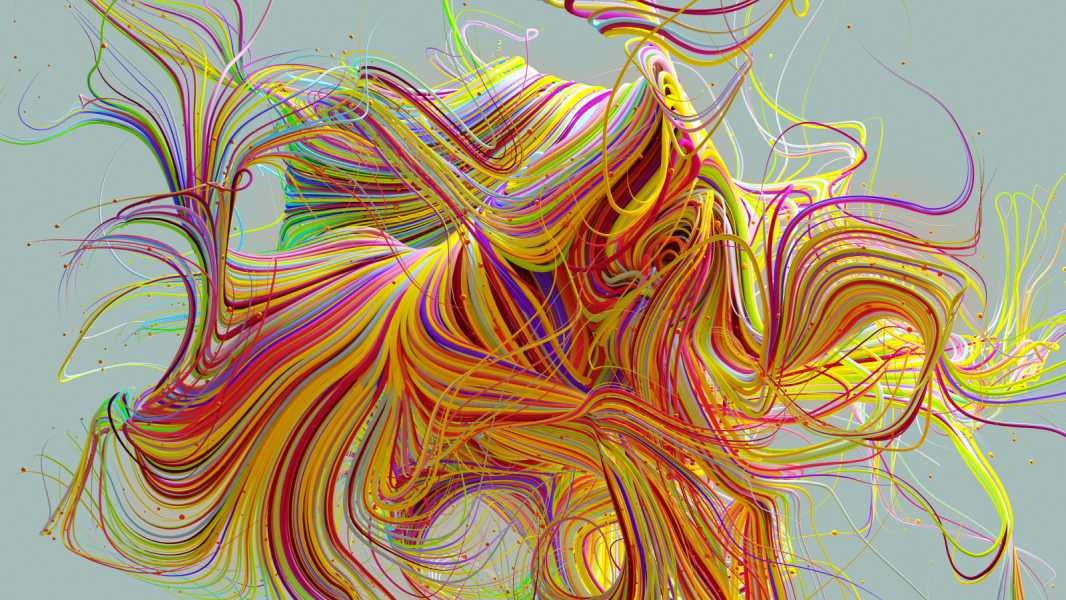
(Image credit: Andrey Onufrienko/Getty Images)
The ideas of “sentience” and “agency” in machines are complex, especially given the difficulties in measuring them. However, many speculate that the advances we are seeing in artificial intelligence (AI) could in the future lead to a new form of intelligence that could replace our own.
Despite this, AI has long been integrated into our daily lives—and we feel its impact primarily on the digital platforms where most of us spend time every day. Digital technology once promised to revolutionize society, but that utopia seems to be slipping away, according to technologist and author Mike Pepi in his new book, Against the Platforms: Surviving the Digital Utopia (Melville House Publishing, 2025).
We’ve been told that digital tools are neutral, but in reality they carry dangerous assumptions and can have unexpected consequences. In this piece, Pepi examines whether AI — the technology that powers many of these platforms — will ever be able to replicate the human emotions that drive us, through the lens of art.
The atrium of the Museum of Modern Art was packed the day I visited Refik Anadol’s highly anticipated installation Unattended (2022). As I entered, the crowd was transfixed by a giant projection of one of the artist’s digital “hallucinations.” MoMA curators say Anadol’s animations use artificial intelligence “to interpret and transform” the museum’s collection. The machine-learning algorithm sifts through billions of data points, “reimagining” the history of modern art and dreaming of what might have been. I watched the animated splashes of red lines and intersecting orange radii. Soon, spherical faces emerged. The next moment, a tree trunk appeared in the corner. A futuristic humming sound filled the room from invisible speakers. The crowd responded with quiet fascination as the shifting projections converged on familiar shapes.
Anadol’s work comes amidst a lively debate about the creative capacity of artificial intelligence (AI). Viewers have come not only for the impressive animation on the screen, but also to witness the triumph of machine creativity in the symbolic center of contemporary art.
Every visitor to Unsupervised encountered a unique mutation. Objects eluded comprehension. Referents vanished from view. Moments of beauty were random, unpredictable bursts of computation that never repeated. Anadol calls it “a self-regenerating element of surprise”; one critic described it as a screensaver. I confess that as I peered into the mutations, I found moments of beauty. It might feel relaxing, even blissful. For others, it might feel terrifying, even terrifying. The longer I stayed, the more empty I felt. How could I make any assertions about the art before me when the algorithm was programmed to be ambiguous? Was it possible for a human being to appreciate, let alone understand, the end result?
Needing a break, I went upstairs to see Andrew Wyeth’s Christina’s World (1948), part of the museum’s permanent collection. Christina’s World offers a realistic depiction of an American farm. At the center of the painting, a woman lies in a field, pointing longingly toward a distant barn. The field creates dramatic movement, captured in the ochre grass. The woman is dressed in a pink dress and leans slightly to the side. The sky is gray but calm.
Most viewers are left wondering: Who is this woman and why is she lying in this field? Christina was Andrew Wyeth’s neighbor. At a young age, she developed a muscular disability and was unable to walk. She preferred to crawl around her parents’ property, which Wyeth observed from his nearby home. However, other questions about Christina remain. What is Wyeth trying to convey from the distance of his subjects? What is Christina thinking at the moment that
Sourse: www.livescience.com





